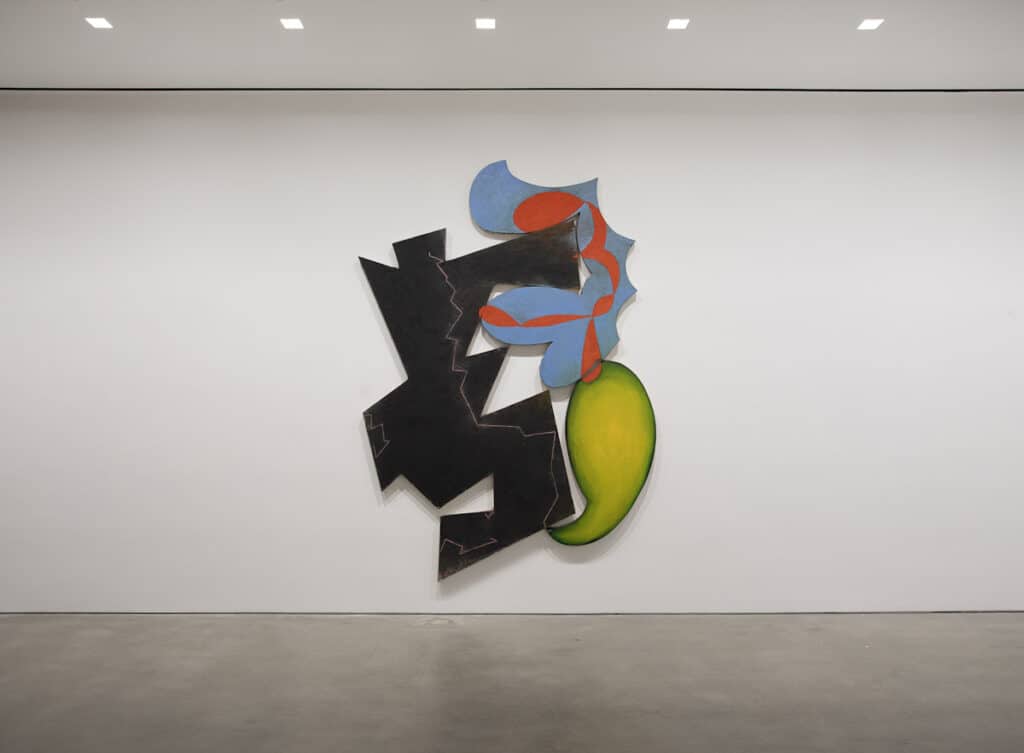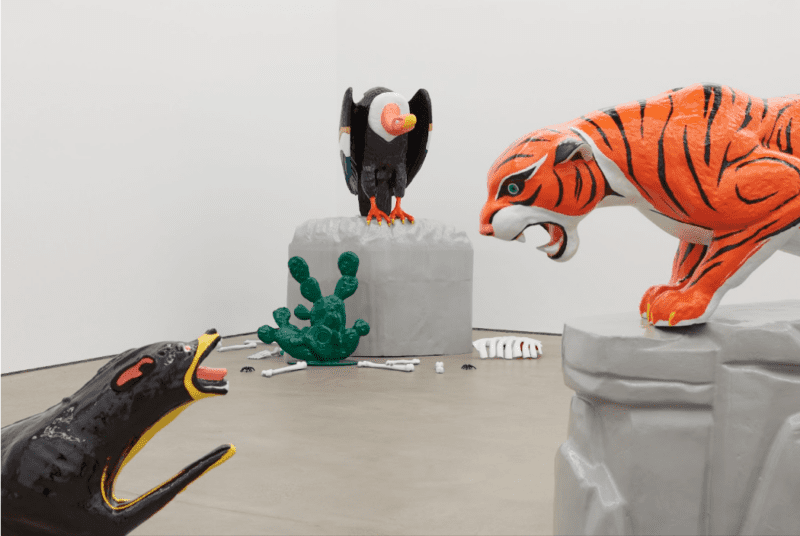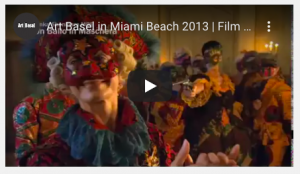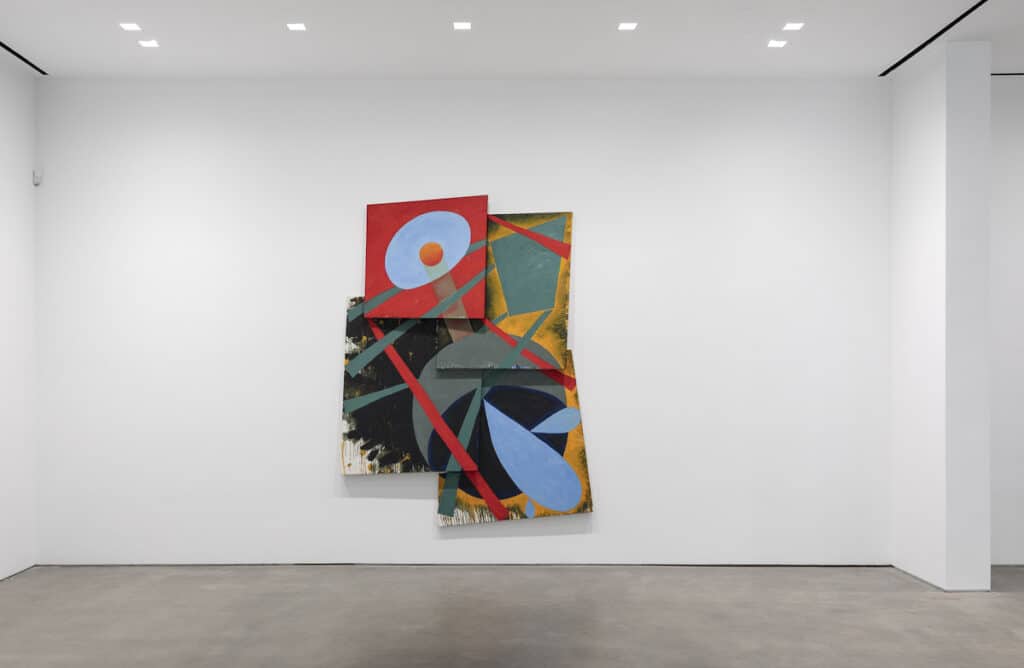
This is Gladstone Gallery’s first exhibition with the Estate of Elizabeth Murray after announcing representation in the summer of 2020. The show presents a selection of the artist’s monumental canvases that helped define her career and singular place in art history. Murray was born in Chicago in 1940 and had an early interest in making and studying art. While attending the School of the Art Institute of Chicago, she was deeply influenced by the work of Paul Cézanne, which inspired her to pursue a degree in painting. Following her education, Murray moved to New York, where she developed a unique approach to artmaking and honed her intuitive ability to masterfully combine shapes and colours in both two- and three-dimensional realms. With a fascination for the plastic qualities of paint, she spent the decade of the 1960s experimenting with soft sculpture. Her compositions from the 1970s, in which rhythmic symbols play across thickly-layered rectangular planes of colour, demonstrate Murray’s astuteness at crafting and understanding form and highlight the artist’s hand during a period when Minimalism was the predominant movement in New York’s art scene.
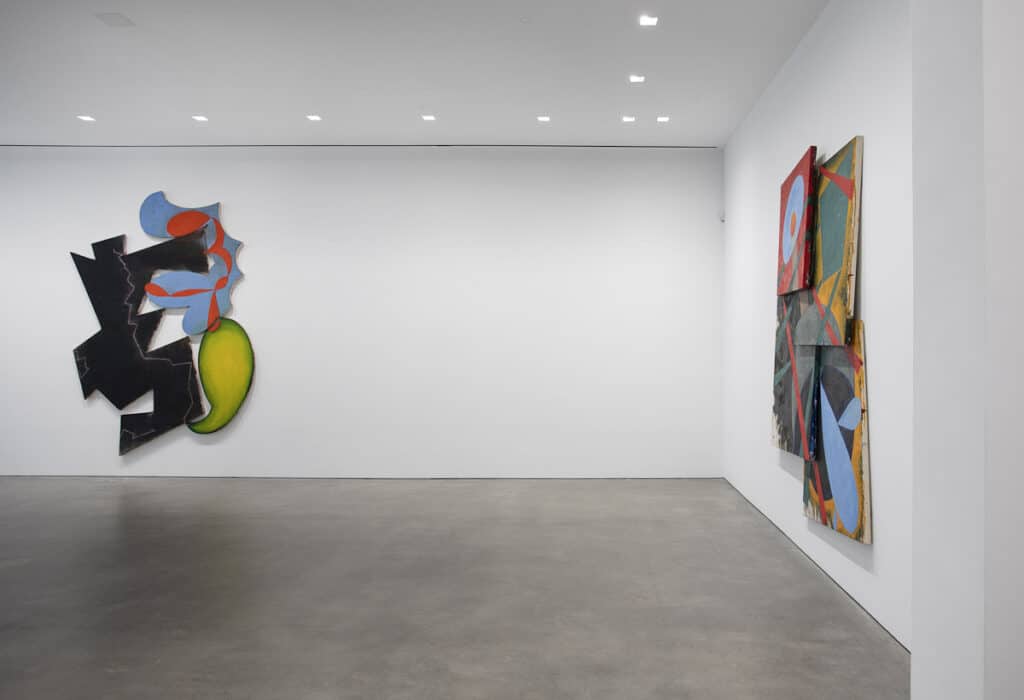
Her radical and trailblazing approach to art-making evolved with the introduction of massive sized, multi-
panel works in relief configurations. These complex canvases, which began in the early 1980s and continued until her death in 2007, challenged the very definition of painting. When her spirals and pregnant commas began to suggest recognizable forms—cups, tables, chairs—the narrative of the work was labelled “domestic.”
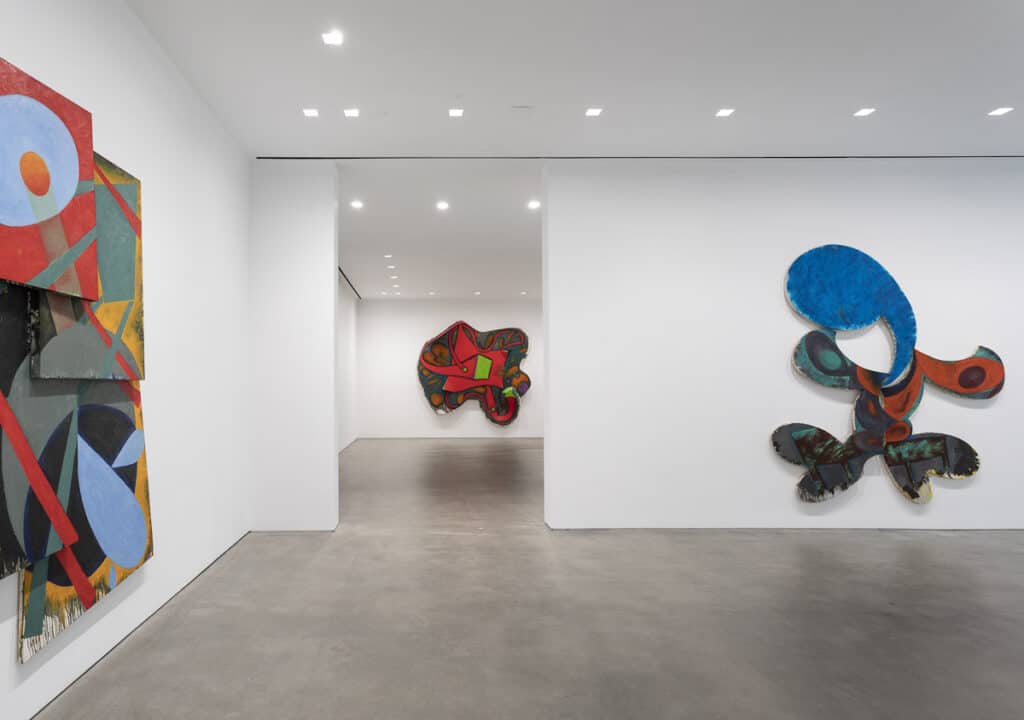
“Cézanne painted cups and saucers and apples, and no one assumed he spent a lot of time in the kitchen.”
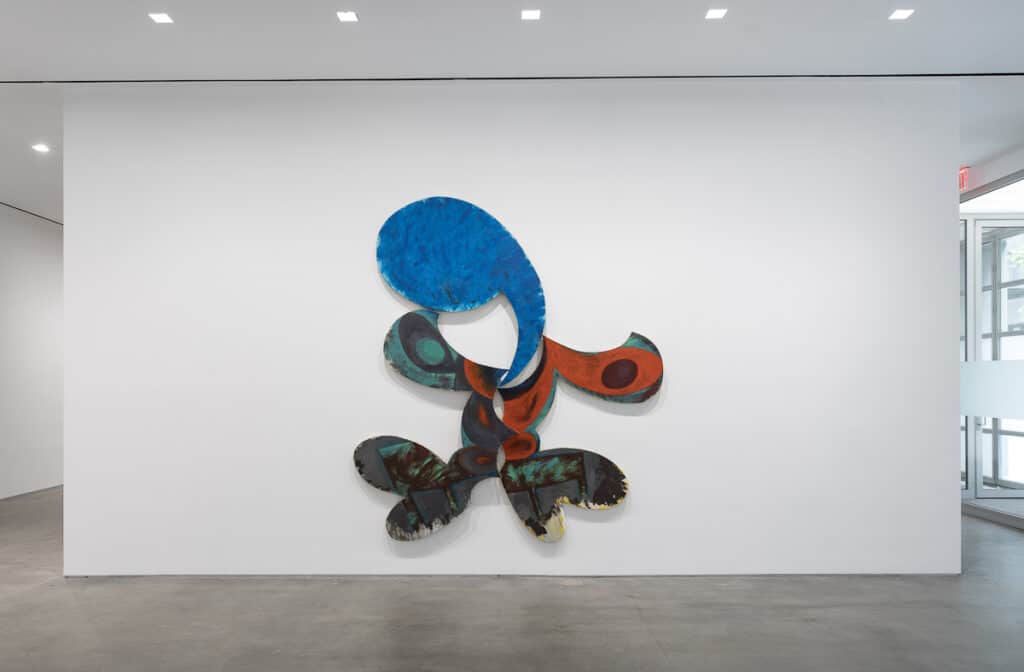
Elizabeth Murray Gladstone Gallery 515 West 24th Street New York – December 23rd, 2021
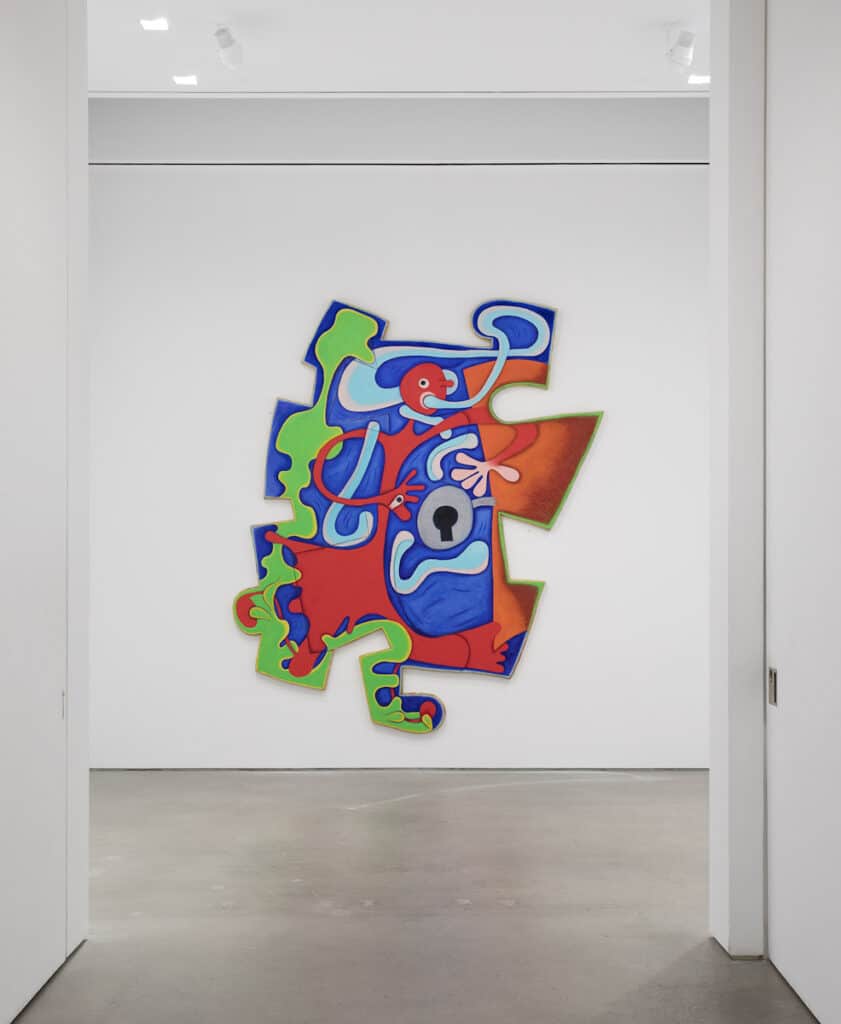
About the artist
With a pioneering practice that has bridged Cubism, Surrealism, Abstract Expressionism, and Minimalism, Murray was instrumental in reawakening the power of painting, and her expansive body of work continues to influence and inspire artists, writers, and curators in long-lasting, profound ways. Murray’s work has been the subject of major exhibitions around the world since her New York City debut in the 1972 Annual Exhibition, “Contemporary American Painting” at the Whitney Museum of American Art. Solo exhibition highlights include: Camden Arts Centre, Camden, UK (2019); Anderson Collection at Stanford University, CA (2018); Musée d’art modern et contemporaine, Geneva (2016);
BAM, Brooklyn, NY (2016); Cantor Arts Center, Stanford University, CA (2014); Arts Club of Chicago (2009); University Art Gallery, Staller Center for the Arts, Stony Brook University, NY (2008); Nerman Museum of Contemporary Art, Overland Park, KS (1993); Newark Museum, NJ (1992); Wexner Center for the Arts, Columbus, OH (1991); and San Francisco Museum of Modern Art, CA (1988). In 1987, a mid-career retrospective, “Elizabeth Murray: Paintings and Drawings,” organized by Sue Graze and Kathy Halbriech, originated at the Dallas Museum of Art, and later traveled to the Albert and Vera List Visual Arts Center, MIT, Cambridge and Museum of Fine Arts, Boston; The Museum of Contemporary Art, Los Angeles; Des Moines Art Center, Des Moines; Walker Art Center, Minneapolis; and the Whitney Museum of American Art, New York. In 2005, The Museum of Modern Art, New York, opened a career retrospective, which travelled to Intitut Valencia d’Art Modern, Valencia Spain. Murray was recently the subject of two major museum exhibitions at the Contemporary Arts Museum Houston, “Wild Life: Elizabeth Murray & Jessi Reaves,” curated by Rebecca Matalon, which is currently on view at the Carnegie Museum of Art through January 9, 2022, and the University at Buffalo Art Galleries, “Elizabeth Murray: Back in Town,” curated by Robert Scalise.
